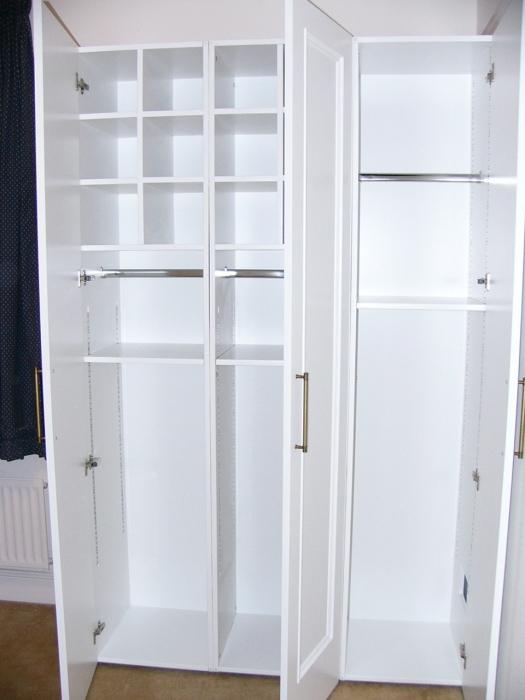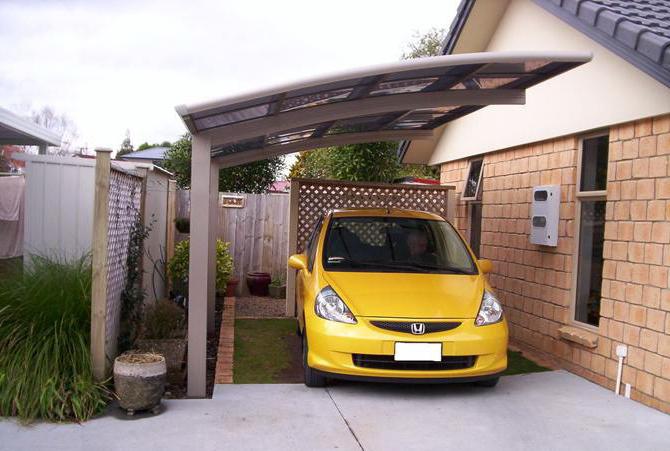How to make a convenient carpenter's workbench with your own hands?
Lovers of woodwork know how necessaryconveniently equipped workplace. Make a workbench with your own hands, and this problem will be solved forever. A reliable and stable table, the necessary tools, conveniently located on a vertical stand - that's the dream of every carpenter.
You are very lucky if you have freea place that you can equip for a workshop. For those who are constrained in additional meters, you can advise you to assemble a folding workbench with your own hands. This mobile, but at the same time reliable design will allow you to use it in an apartment, a garage or at the cottage. Having disassembled into several basic elements, you calmly place the workbench in the trunk of your car. Let's look at how to make a joiner's workbench with your own hands.
Any table consists of several parts: bases and countertops. In this case, as a basis, we use three wooden frames, fastened with the help of loops. The dimensions of the desktop and each element of the design you must choose yourself, focusing on the available space and your needs.
Before you make a workbench with your own hands,It is necessary to collect each element of the structure separately. We need two side frames of a small size, one transverse frame and a table top. We begin to make the table with small elements.
Each frame consists of two longitudinal and twotransverse planks joined to each other by butt-end with corrugated keys. We connect the joints with reinforced plywood liners, planted on joiner glue and screwed in several places with self-tapping screws. The length of the middle frame in most cases exceeds one and a half meters. Therefore, it must be strengthened with two struts. The crossbar is located strictly perpendicular to the side frames and secured to metal loops with the help of self-tapping screws. The finished structure of the base must be easy to fold.
Now we are making the table top. We need two sheets of plywood with a thickness of 12 millimeters, which we glue together. It is also necessary to prepare the beam from which we will make a frame for the countertop. With its help, the working surface will tightly fix the structure of the base and will enable you to assemble or disassemble the workbench with your own hands if necessary. To find out the exact dimensions of the countertop, you will need to measure the length and width of the finished base, then add width to each side. We cut out the working surface of the table and make edging from the beam on its lower surface.
After all the elements are done, we cancollect a workbench with your own hands. To do this, lay out and install the base. By placing the table top with the bars down, we set it up, fixing the structure well from the frames. Now we screw the clamps in the right place and make them with pleasure.
If you are building a workbench with your own hands ona permanent place, then equip it with a specialized stand and several shelves to store the necessary tools. It's much more convenient to work when everything is at hand, and you do not waste time searching for the right hammer or screwdriver.
The angle of the room next to the bench we usefor fixing the corner shelves, on which will be stored screwdrivers, nads and banks with nails, screws and bolts. How to make them? Very simple. From a plywood or particleboard we cut out a rectangular shelf with one rounded corner. We prepare two bars. They will act as propellers. You can use the trim, which is left from your crafts. If the bars are small, then you can use three or four pieces.
In the shelf surface we drill several holesthe correct diameter for the screwdrivers, placing them along the rounded edge. On the wall we draw lines, noting the location of the shelf. We fix the bars to the wall. Evenly distribute them along the entire length and width of the shelf. We put the workpiece from the plywood on top of the prepared bases, tightly pressing it against the walls. We fasten the shelf to the bars with the help of long self-tapping screws. In the pre-made holes we insert screwdrivers. Banks with nails and screws set on the shelf, placing them along the wall.








